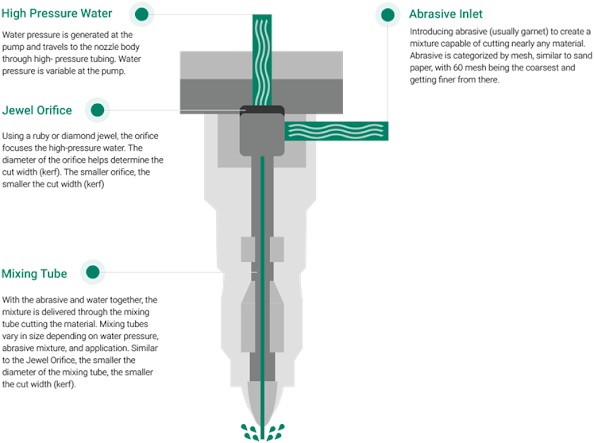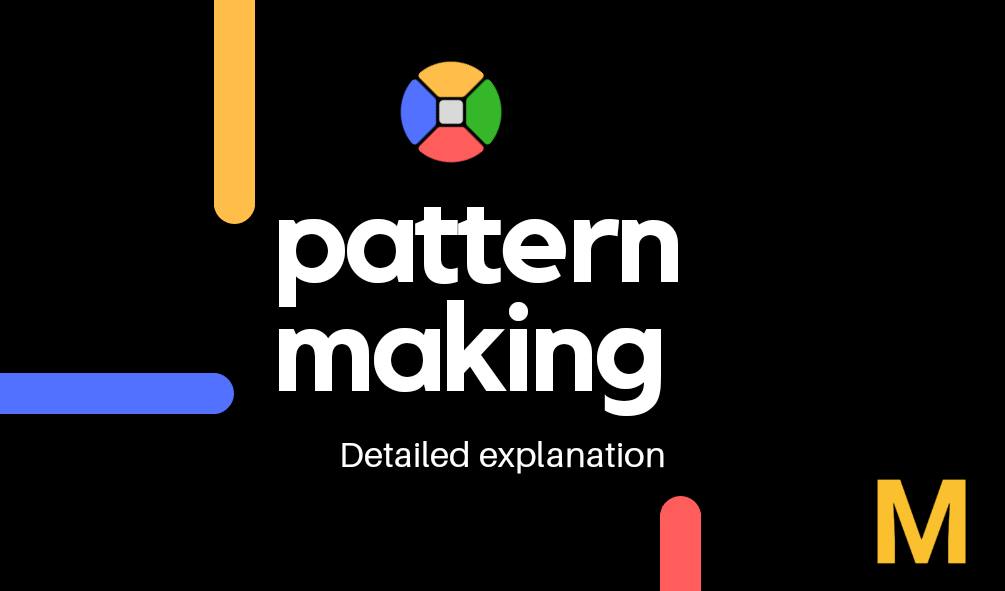submerged arc weloding
Submerged Arc Welding Submerged Arc Welding (SAW) is a joining process that involves the formation of an electric arc between a continuously fed electrode and the workpiece to be welded. A blanket of powdered flux surrounds and covers the arc and, when molten, provides electrical conduction between the metal to be joined and the electrode. It also generates a protective gas shield and a slag, all of which protects the weld zone. The make-up of the process can be viewed by reference to Figure 1 below The general arrangement of the power source and controls, wire feed and flux dispensing are shown in Figure 2. Submerged arc welding is viewed as a high productivity process and is usually automated/mechanized in its form. The simplest application of the process uses a single wire. Selecting the correct wire diameter for a welded joint depends on many factors and t

